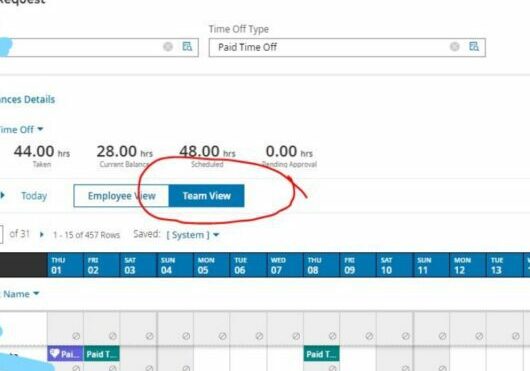Start the New Year With a Break up…with Your Phone!
by Paul Devlin

For those of us that live on our phone for business, it can be especially tough to reduce your screen time while on your personal time, but for the sake of your mental health, it might be worth considering. According to a survey from reviews.org Americans check their phones an average of 144 times a day and have screen time of over 4 hours a day. That averages out to over 2 months or 65 days a year. 65 days! Remember that hobby or project you’ve been trying to find the time for? I think I just found it for you!
Of course it would be great if it was that easy. It’s tough to give up that little thrill when you glance at your smartphone’s screen. It’s like a tiny treasure hunt, with notifications as the prizes. But let’s contrast that excitement with the calm, focused state your brain could be in. Imagine not being pulled away every few minutes by the ‘ping’ of a new like or message. Sounds liberating, doesn’t it? Here’s a simple tip: Swap your lock screen for an image with a calming quote or a reminder to breathe and be present. Not only can this small change serve as a pause button in your hectic day, but it can also foster a healthier relationship with your tech. Don’t worry, your phone will still be that magical little toolbox—it’s just that now, it’ll give you space when you need it most.
In her excellent book “How to Break Up With Your Phone,” Catherine Price discusses simple ways to slash your screen time. One of these quick wins won’t eat up more than a minute of your day and doesn’t beg you to clutter your phone with another app. Sounds good, right? It’s as simple as switching up your lock screen. No restrictions, no settings — just a small change that can make a big difference!
Reshaping how we use our phones starts with mindfulness, a central theme in Price’s insightful book. When you feel the itch to grab your device during a meal, don’t resist or criticize the urge. Instead, observe it without attachment. Mindfulness asks you to simply acknowledge the urge and remain in the present as it plays out.
To dive deeper, examine the urge with these prompts:
-
What physical sensations do you experience with this desire?
-
What triggered this urge at this moment?
-
What satisfaction or avoidance does the urge promise?
-
What if you acted on it? Or didn’t act at all?
Because phone use is habitual, it may not be easy to slow down. But a simple solution to prompt thoughtful use is setting a question on your lock screen: “What deserves my attention right now?” Take a picture of this reminder and make it your lock screen. Every time you unlock your phone, you’ll pause to consider your intention. This deliberate pause can lead to more mindful phone use and fewer negative impacts on your well-being. I’ve also heard of folks putting a rubber band around their phone so they have to physically remove it to actively use their phone.
I’m proud to say this article was written without phone distraction and amazingly, the world did not fall apart. However, it did cross my mind that it might have and that is something to work on!



